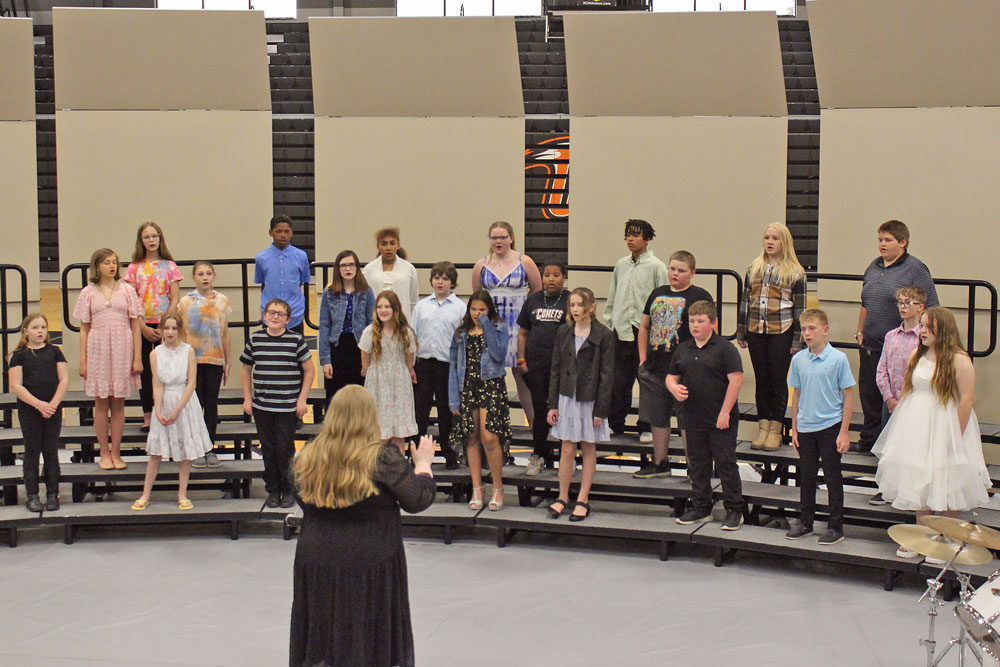Ludwig van Beethoven
Ludwig van Beethoven
By Erika Enigk
More Content Now
Imagine being able to write music so beautiful that almost 200 years later, people called you the greatest composer of all time. Now imagine doing so when you couldn’t hear. That’s with Ludwig van Beethoven did during the last 10 years of his life.
Early life
Beethoven was born in December 1770 in Bonn, Germany.
He learned about music from his father, who was not a kind teacher. He spent hours locked in the basement practicing. It was his father’s hope that he would become famous as a child, as Wolfgang Amadeus Mozart had. He didn’t, but when he was young, he developed his talent and was asked to compose a piece for the memorial of the Holy Roman Emperor. That launched him into fame.
Study and fame
Beethoven wasn’t much of a student when it came to most subjects. He found spelling and math quite difficult, and some people think he might have been dyslexic. But he was a good student when it came to music.
Beethoven studied with some of the most accomplished musicians of his time and got to be well-known around Europe.
Originally, he thought of himself as a performer, but when his brother began to help manage his business, he began selling his compositions as well.
Hearing loss
Beethoven was at the height of his career when he began to lose his hearing. He was only 26, with many years of composing ahead of him, and he was afraid to tell people he couldn’t hear. But the pieces he wrote during that time are still known as some of the most beautiful pieces of classical music.
Legacy
In addition to his music being well-known after many years, Beethoven himself is still quite famous. If you’ve ever seen Schroeder, the Peanuts character who plays the piano, you’ve probably heard about Beethoven and his music. And other composers — even those who write pop music — have drawn on Beethoven’s melodies.
Activity
Try to imagine what it’s like to not be able to hear, like Beethoven.
Sit down with a friend and have a conversation without saying anything at all. Pick one person to start the conversation. That person should have a clear message to convey or question to ask. Use hand gestures to help convey the message. “Talk” for a minute or two and then start speaking out loud about the conversation.
Did you both have the same idea about what was being said?
WIKIMEDIA COMMONS










Social Share